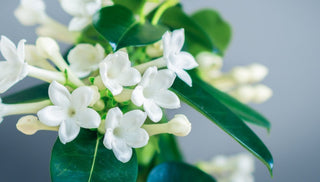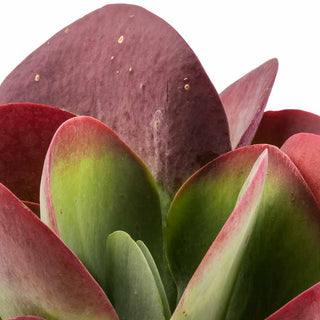☘ Origin: Old World tropics, especially Africa
☘ Family: Asparagus
☘ Botanical Name: Dracaena Compacta
☘ Common Name: Dracaena Janet Craig
Symbolism: A symbol of good luck in Chinese culture, the plant with the heart of Dragon.
🍃 Shop Your Dracaena Compacta Today!
🔆 Light
Place your Dracaena compacta where it will receive medium to bright indirect light and avoid direct sun. It can tolerate the lower end of moderate light spaces but watering will need to be reduced.
Give your plant a turn every few days to expose all sides to light for even growth from all sides.
💧 Water
Allow the top few centimeters of soil to dry out before watering again. Dracaena compacta does not like to be waterlogged. Cut back on watering during the winter months.
To give your plant the absolute best, room-temperature rainwater and bottled spring water are your best options. Any water containing sugar or salt will hurt your plant!
☁️ Humidity
One of the most important aspects of caring for a Dracaena compacta is regular misting. This plant thrives in high humidity, so misting it regularly using filtered-water will help to keep it healthy and happy. Misting also helps to prevent the leaves from drying out and becoming brittle.
🌡️ Temperature
It's a hardy plant that can tolerate a wide range of temperatures. However, it prefers warm temperatures and will thrive in an environment that is between (18-27°C). If the temperature drops below (10°C) or above (29°C), the leaves of the plant may start to turn brown and drop off.
🧴️ Food
Dracaena Janet Craig needs very little plant food. Feed once or twice a year in the spring and summer with a houseplant food at half the recommended strength. Too much fertilizer will cause the leaf tips to burn.
🐾 Toxicity
Moderately toxic to pets, typically causing mild mouth irritation, stomach irritation, and possible vomiting.
Look out for a common problem called ‘tipping’ when the tips of the leaves dry out and turn brown. The most common cause is tap water, which contains salts, chlorine, fluoride, and other elements that may be harmful in excess. To prevent this, you can use distilled water or rain water. Wipe the leaves with a soft damp cloth to remove dust as necessary. Take care to clean the undersides of the leaves as well as the upper surfaces. Removing dust opens the pores so your plant can exchange air freely, and it helps prevent pests from taking up residency.



